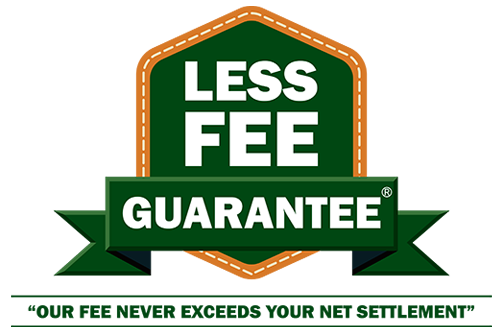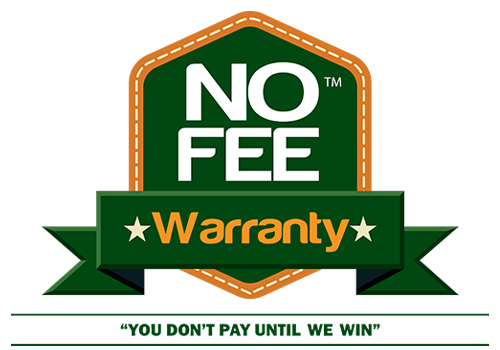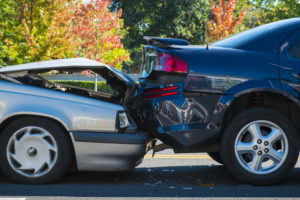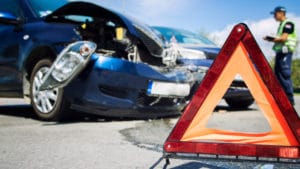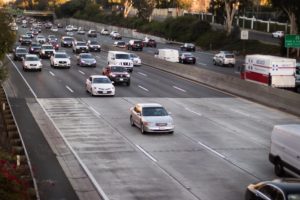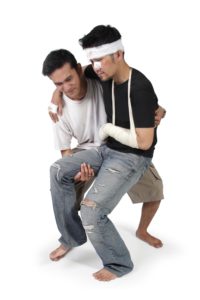Unfortunately, slip and fall accidents in grocery stores happen all too often. The combination of smooth, shiny floors with liquids on shelves, refrigeration units, and constant in-and-out traffic can create a dangerous situation.
If the cause of the dangerous situation is the fault of the grocery store, or the grocery store employees were aware of the dangerous situation and did nothing to correct it, the store may be responsible for damages. In fact, according to a decision by the Nevada Supreme Court, even if the dangerous condition was “open and obvious,” the owner of the premises may still be responsible for damages.
The case, Foster v. Costco Wholesale Corp., substantially clarified the premises liability doctrine in cases involving injured slip and fall plaintiffs in Nevada. In the case, the plaintiff, Mr. Foster, tripped and fell over a wooden pallet that had been placed in an aisle of the warehouse by a Costco employee. The plaintiff testified prior to trial that his left toe caught the corner of the wooden pallet, which was covered by a slightly turned box. Before trial, Costo argued that the pallet was “open and obvious” to Mr. Foster and therefore, Costco had not breached any duty of care. The trial court agreed, based on previous “open and obvious” decisions, and dismissed Mr. Foster’s case.
The trial court’s decision was appealed and the Nevada Supreme Court reviewed the “open and obvious” doctrine for premises liability and decided that a Nevada landowner may still have a duty to exercise reasonable care to keep invitees safe even if a danger is “open and obvious.” The Court reversed the trial court’s decision and sent the
case back for trial.
case back for trial.
The Nevada Supreme Court relied upon the Restatement (Third) of Torts: Physical and Emotional Harm section 51 (2012), which provides that:
land possessor owes a duty of reasonable care to entrants on the land with regard to:
(a) conduct by the land possessor that creates risks to entrants on the land;
(b) artificial conditions on the land that pose risks to entrants on the land;
(c) natural conditions on the land that pose risks to entrants on the land; and
(d) other risks to entrants on the land when any of the affirmative duties . . . is applicable.
To read the details of the Nevada Supreme Court’s findings, click this link.
With so many specifications and stipulations, it can be difficult to know for sure where your particular situation falls.




